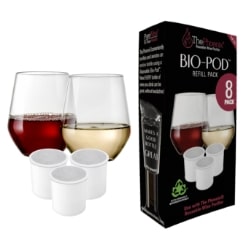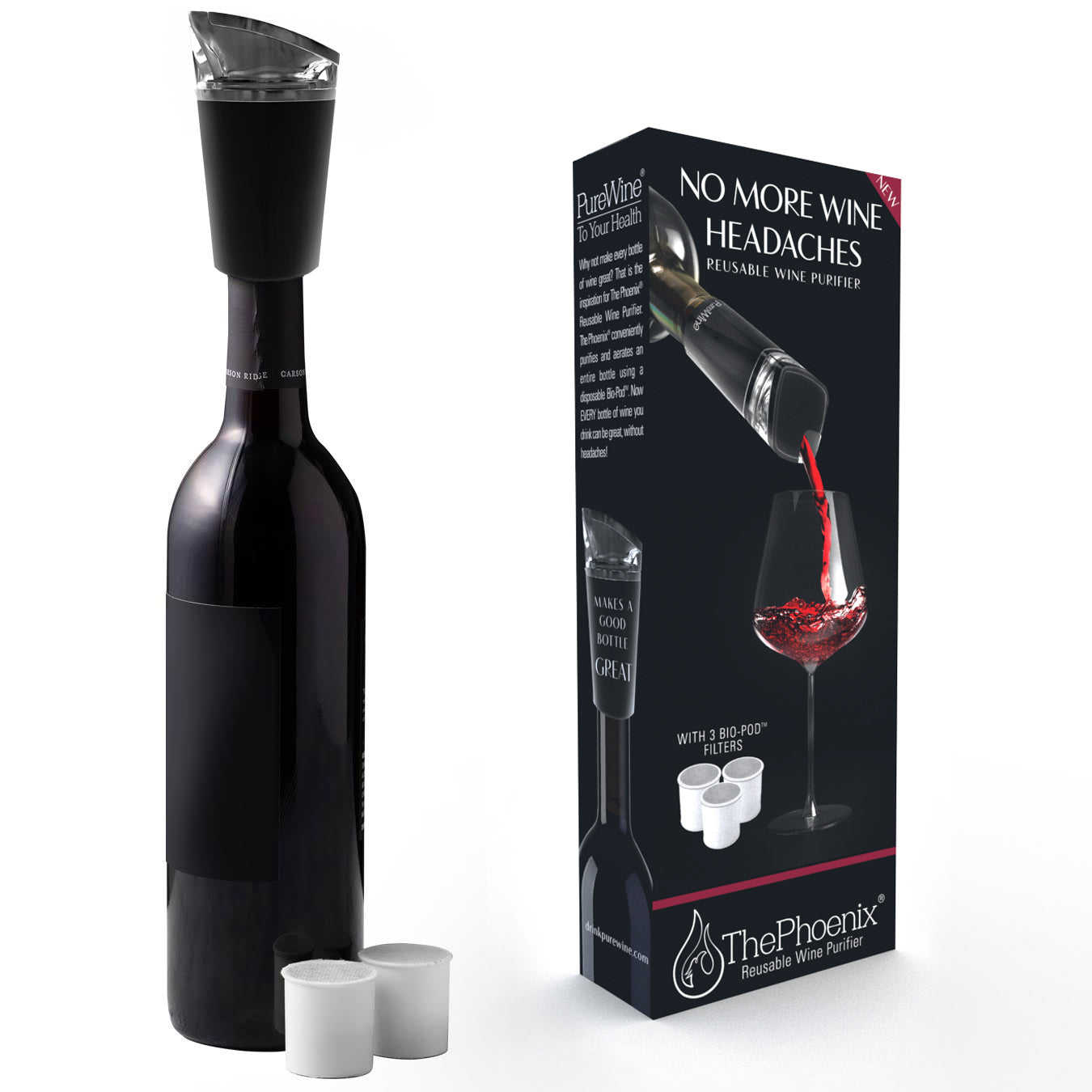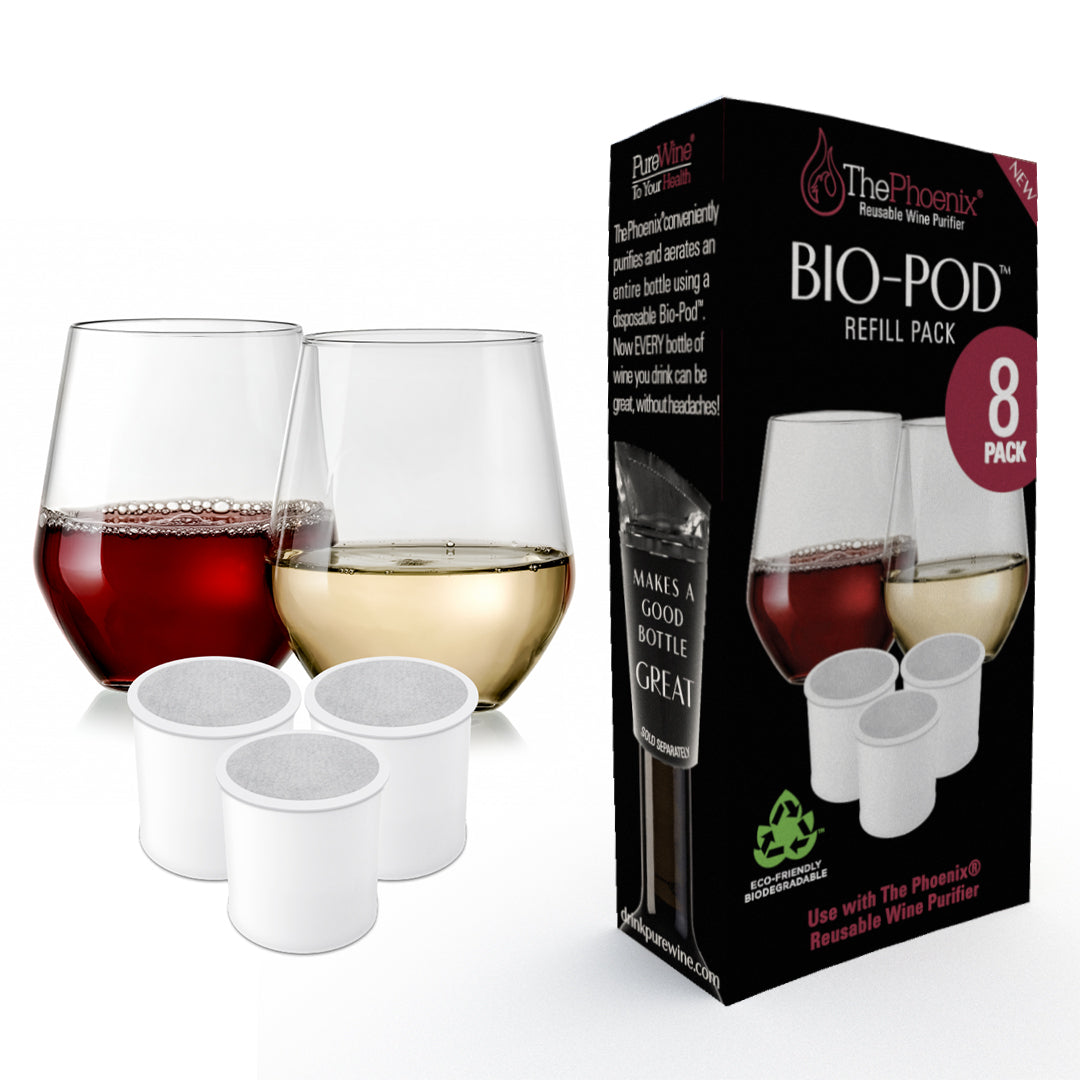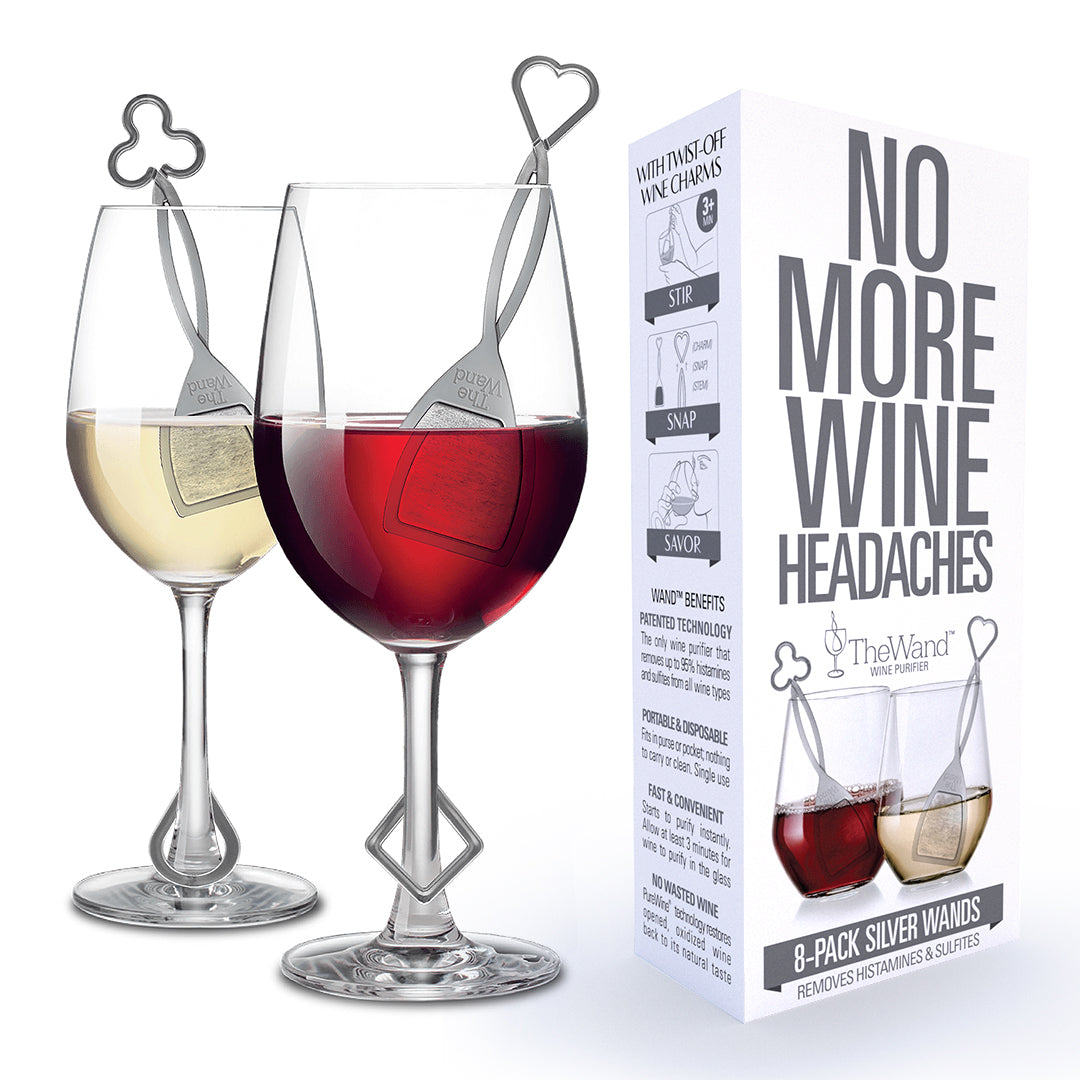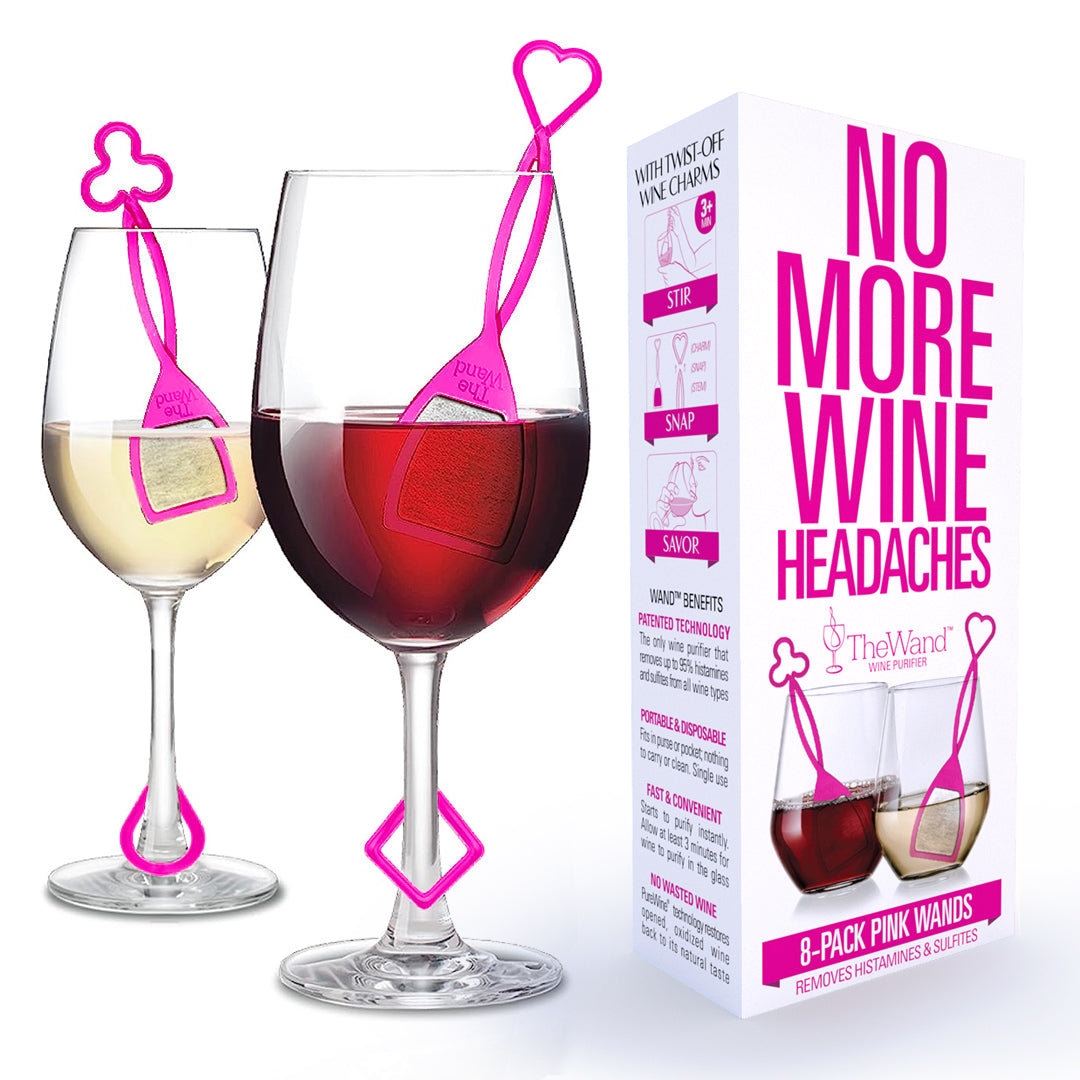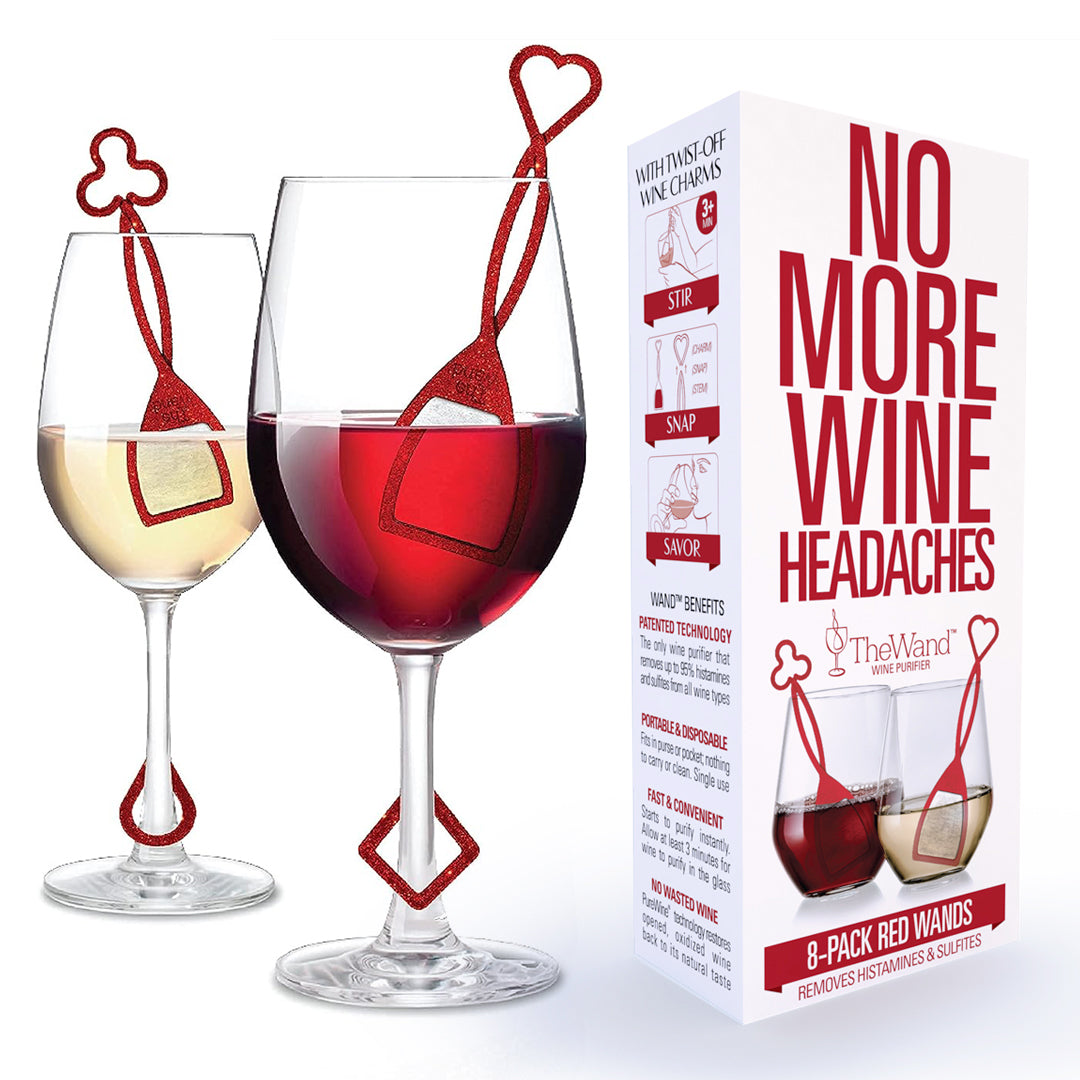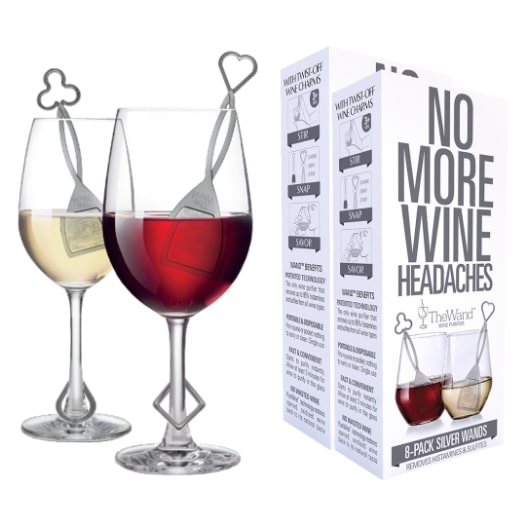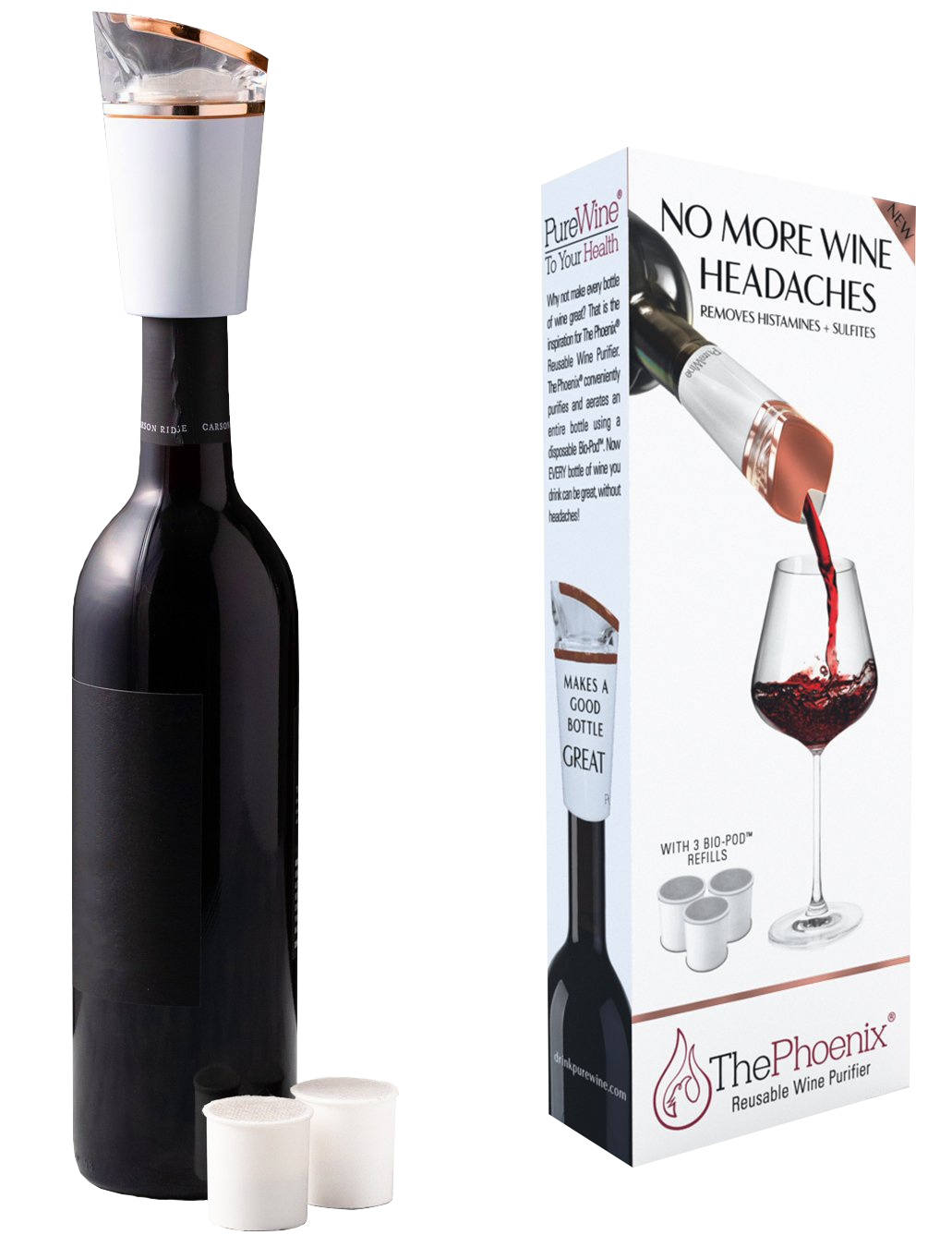A Guide to Finding Low Histamine Wines - Headache Free Wine?
We’ve all been there – perhaps more times than we care to admit. Just as you’re about to hit the sheets after an evening of indulging in your favorite merlot, you start to feel a headache coming on.
It certainly isn’t a hangover because you haven’t even been to bed yet. Not to mention the fact that you only had two glasses of wine. It’s not the first time this has happened either – and it is worse when you drink red wine.
If this happens to you almost every time you drink wine, it’s time to face the facts – you might have a wine “allergy” – or more accurately, you probably have a histamine or sulfite intolerance. Why does this happen? In order to better understand how your “histamine bucket” works, you can check out our guide to histamine intolerance where we explain how and why your favorite wine causes these nasty side effects.
What is the Histamine Bucket?
If you’re wondering “what the heck is a histamine bucket?” … don’t worry, we’ll explain this a bit further.
Imagine a metaphorical bucket in your body. Your bucket naturally has a certain amount of histamines in it and everyone’s bucket is unique to them. The smaller your bucket, the smaller the amount of histamines your body can process before the excess histamines “overflow” out of your bucket and trigger unwanted side effects such as migraines, stuffy nose, rashes, sore eyes, joint swelling, etc..
Also, every time histamines enter your body, they go into the bucket. This starts as soon as you wake up in the morning. These histamines come from a wide range of sources such as existing environmental allergies, pets, dust and a wide range of foods that contain histamines.
As your bucket fills up, your capacity for additional histamines becomes smaller. Once your bucket is full, any histamines that enter will cause your bucket to overflow and eventually lead to reactions in your body, such as headaches.
Your Histamine Bucket
However, the size of each person’s bucket varies. Some people may have larger buckets while others smaller. This means that certain people can take in more histamines without experiencing negative reactions, while others cannot. In other words, that is why some can drink an entire bottle of wine and feel perfectly fine, while others will experience a headache after one glass.
The rate at which your bucket fills up depends on multiple factors including genetics, age, medication, environmental factors, nutritional deficiencies, hormones, stress levels, or exposure to perfume, chemicals, caffeine, soap, detergent, UV light, smoke, weather, red wine, etc.

Why Does Wine Give Me a Headache?
This is an age-old question indeed. Before we get into how to make wine that doesn’t give you those mind-numbing headaches, it’s important to understand what’s causing them in the first place.
When your body experiences an allergic reaction, your immune system detects that allergen and histamines are produced by the body’s defense in order to alleviate the threat. Your body already has histamines in it, however, everyone system reacts differently and only has a limited capacity for processing histamines – thus the term “histamine bucket”. The smaller your bucket, the smaller amount of histamines your body can process before the excess histamines will produce unwanted side effects.
This is why high histamines levels are known to trigger migraines, stuffy nose, rashes, sore eyes, joint swelling, etc. Although wine is not a danger to your body like other allergens, it can definitely cause these allergy-like reactions depending on how big your histamine bucket is.
How to Find Low Histamine Wines That Don’t Give You a Headache
But understanding how your body reacts to wine still doesn’t solve your problem. You are probably asking - What’s a good guide for minimizing the risk of buying a wine that I will really regret the next morning?
When selecting a wine that has low histamine content, there are four main factors you need to consider about when choosing a low histamine wine.
Wine Grape Quality and Variety
Using low-quality grapes in wine making can have a profound impact on the microbiological processes that cause histamines to be produced during fermentation. For starters, grapes that exhibit any signs of spoilage should not be used in making wine.
The right variety of grapes need to be used from the get-go. This means using the ones that have the lowest levels of certain amino acids that are precursors to histamines. For instance, the amino acid histidine is the precursor for histamine. During fermentation and aging processes, the yeast and bacteria convert histidine that is present in the grape juice to histamine.
The two best types of grapes that typically produce low histamine wines are black and white grapes. They are highly recommended for individuals who have a deficiency in DAO (diamine oxidase, the enzyme that removes histamine from the body).
Also, keep in mind that naturally occurring histamines in grapes are found abundantly in their skins. So, if a grape variety is known to produce thick skins because they are grown in hot climates, such as cabernet sauvignon and tempranillo, then you will want to stay away from that isle in the wine store. Instead, become very familiar with the pinot noir section.
Method of Wine Storage
The rule of thumb when making low histamine wine is to process the grapes quickly and hygienically. Prolonged storage in wooden barrels during the maceration and fermentation periods tend to favor the formation of histamines.
Wines that are produced in a variety of well-maintained stainless steel containers throughout the wine making process are less likely to form histamines.
Wine Fermentation Cultures
The type of bacterial and yeast strains used in the fermentation process impact not only the flavor of the final product but also influence the formation (or lack thereof) of histamines.
The whole idea behind using suitable microorganism cultures is to not only promote a faster fermentation process, which in turn minimizes the formation of histamine, but also to manage the secondary malolactic conversion process. This also helps to control the acidity levels in the wine. In parallel with the proper selection of microorganism cultures, is the optimal selection of nutrients for the microorganisms. These are supplied to help ensure a robust, well controlled fermentation occurs that does not stall.
How to Remove Histamines from Your Wine
As much as you would want to produce wine that’s completely free from histamines, the reality is – it’s just not possible. No process, regardless of how precise it is, is 100% efficient so any wine you buy will have at least some histamines in it. For example, high quality white wines made from thin skinned white Riesling grapes can have total histamine levels of less than 1 ppm (part per million). While thick skinned grapes like Syrah and Tempranillo grown in hot climates can have histamine levels higher than 150 ppm.
To ensure you remove all traces of these headache-inducing histamines from your next bottle of wine, you should use wine purifiers like The Phoenix®, The Wave® and The Wand™. They work like a dream to purify your wine without changing any of its distinctive and endearing flavors, aromas and color qualities.

The Phoenix® and The Wave™ wine purifiers rapidly purify a bottle of wine as you pour it into your glass. The Wand™ wine purifier works to remove histamines once the wine is already in the glass. So, if you’re looking for a foolproof way to ensure that you’re drinking histamine free wines, these products will become your next best friends.
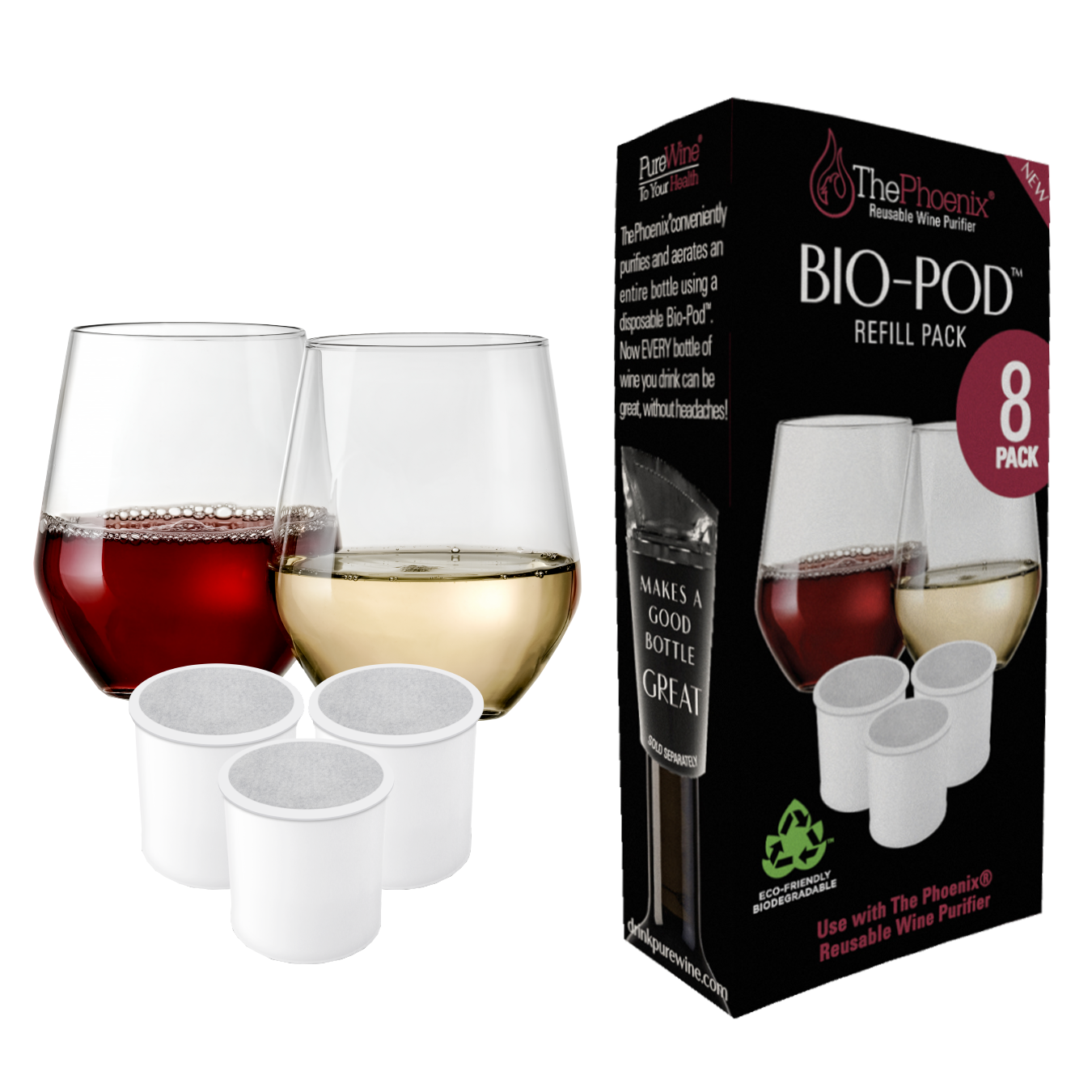
 (20 reviews)
(20 reviews)


